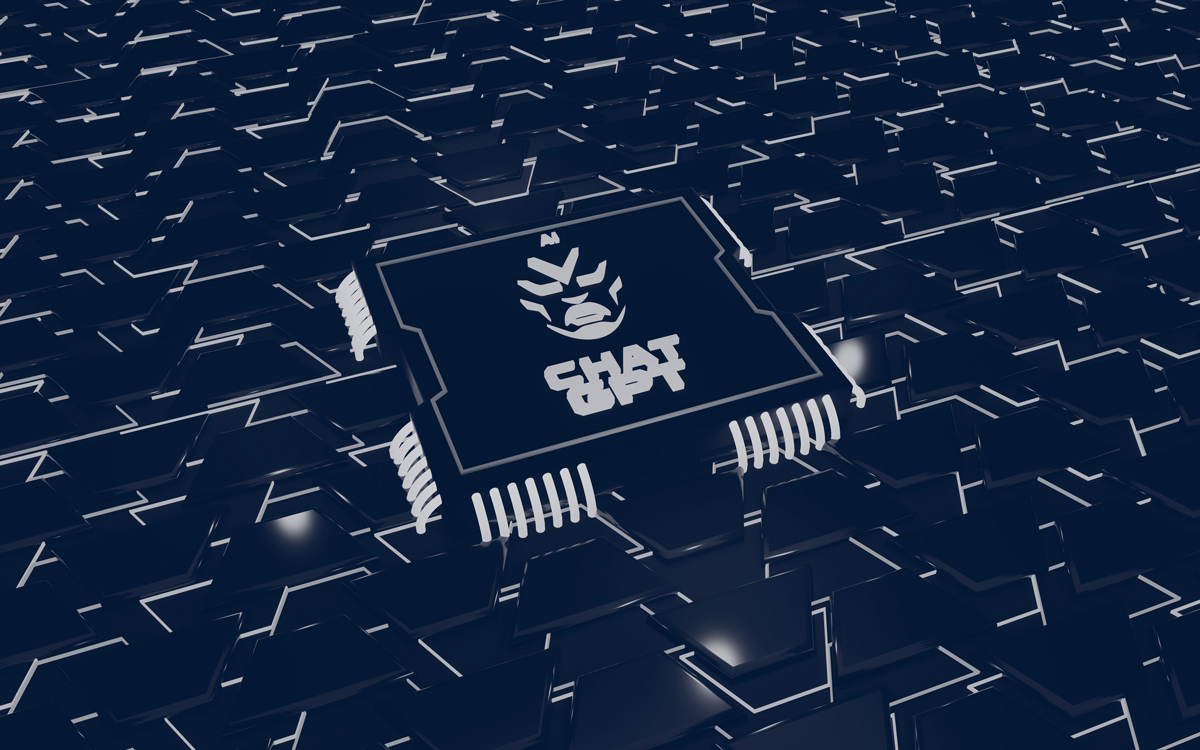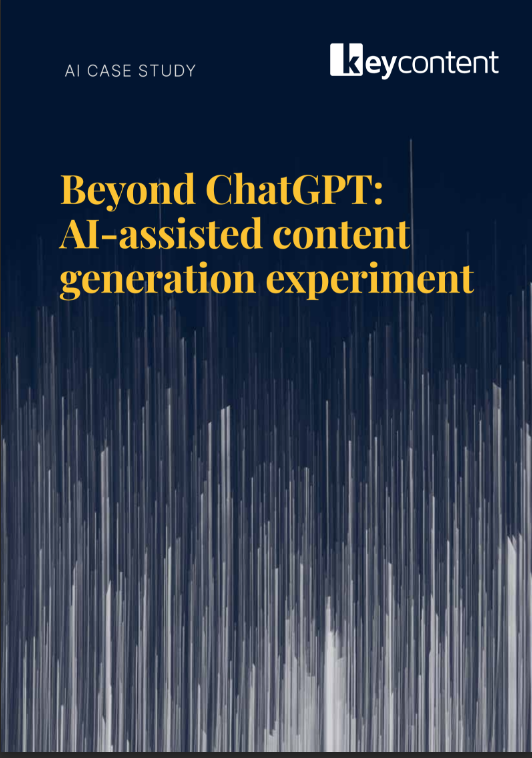AI-generated content may seem like it’s a recent revelation, however, it’s been decades in the making. The origins of AI technology date back to the early 1980s, with spell checkers that were incorporated into computer software around the world. This was followed by the development of natural learning processing technologies, such as email filters, towards the end of the 20th century, which marked a significant milestone in the evolution of AI-generated content.
Over time, AI-generated content has improved its grammar, style, and structure to mimic human writing, making it harder to differentiate. With the likes of OpenAI’s GPT having further revolutionised AI content generation, improving context, coherence, and style, it’s become even more difficult to identify when AI has been used. So, what are the benefits and challenges of automated content and how is it possible to detect when it’s being used?
What is AI-generated content and how does it differ from human-written content?
AI-generated content makes use of machine learning algorithms, natural learning processing and other AI technologies to create blogs, marketing materials, and product descriptions without the input of a human.
There are several key differences between AI-generated content and human-generated content. Firstly, as AI content is generated using trained models and language algorithms, it’s likely that the human-created content will contain more creative writing and include personal knowledge and understanding of the subject matter.
AI-generated content can be generated at a much faster rate and is easy to scale compared to human written content. Used correctly, this enables businesses to optimise their workflows and save valuable time and resources. However, as AI models are still in their infancy, there tends to be key differences in quality and nuance between AI-generated and human-generated copy. Even though AI systems can produce coherent and relevant content, they tend to lack depth of understanding, creativity and the emotional intelligence that is possessed by a human. The inability to connect with readers on a deep, personal level means AI-generated material still requires human review and refining before being utilised.
In addition to this, there are various ethical risks to consider with AI-generated content. The AI tool you use is only as accurate as the data and information that it’s trained on, which could lead to unintentional bias and inaccuracies from the software. Add to that the expensive environmental cost of training AI models, which brings its own set of questions about how those at the forefront of AI technology can offset the industry’s carbon emissions, and it’s clear there is still some way to go before this is considered a sustainable working method. Finally, there’s the question regarding whether a human should be informed if the content they’re reading was generated by AI or not. Whilst this is sure to split opinion, it’s a moral question that needs to be raised nonetheless.

Tools for detecting AI-generated content
The use of AI content software isn’t necessarily a bad step in the evolution of digital marketing. However, it needs to be used correctly and in line with editorial guidelines. For many, AI-generated software has the power to support human effort. However, content that is artificially generated doesn’t yet have the intelligence to replace the human touch.
There are several tools that can be used to detect content that’s generated by AI software. Using an AI detection tool is essential if you want to create original content. AI detection tools allow you to see how human-like your AI generated content is and suggest edits for you to make before publishing. An example of an AI detection software is Originality.ai, which scans your content and generates a score to determine the likelihood of AI being used. Other similar tools that allow you to detect AI-generated text include GLTR, Al Detector Pro and Huggingface OpenAI detector. Which software is most useful to you depends on a variety of factors. However they all enable you to identify, with a high likelihood, the use of AI-generated content.
How to detect AI-written content manually
When you’re looking at how to detect AI content manually there are several aspects for you to consider. Automated text often lacks the coherence, style, and emotion of human written text, helping you to determine the likelihood that an AI software was used. Other indicators that you should keep an eye out for are unnatural or repetitive language patterns, inconsistencies with tone or style, or content that has no ‘soul’ to it and comes across as generic.
Examples of how to apply manual techniques to detect AI-generated content
If you want to apply manual techniques to detect AI-generated content you should analyse the language and style of the text for inconsistencies or phrases that are unnatural or repetitive. You can also examine the content for logical or factual inaccuracies, which humans wouldn’t make. Ultimately, human intuition is one of the key factors at play when it comes to detecting if content has been created by artificial intelligence or not.
To ensure your AI-generated content has the essential human touch, get in touch with Key Content, the experts in content writing

[1] Sources: https://www.techtarget.com/searchenterpriseai/feature/How-to-detect-AI-generated-content
https://originality.ai/blog/how-to-detect-ai-generated-articles



